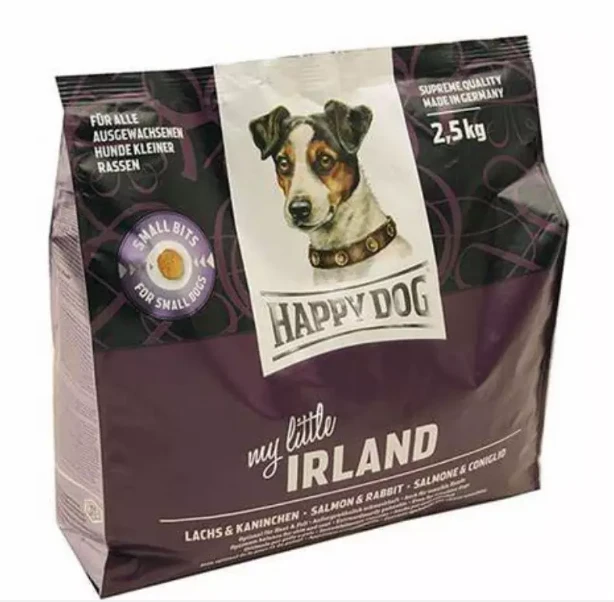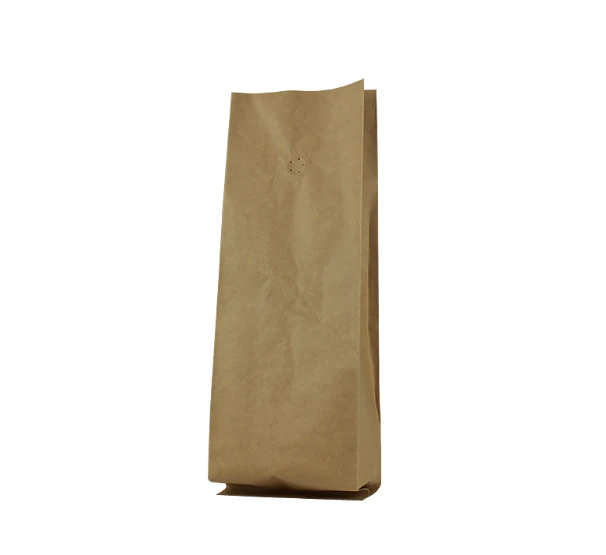- Afrikaans
- Albanian
- Amharic
- Arabic
- Armenian
- Azerbaijani
- Basque
- Belarusian
- Bengali
- Bosnian
- Bulgarian
- Catalan
- Cebuano
- chinese_simplified
- chinese_traditional
- Corsican
- Croatian
- Czech
- Danish
- Dutch
- English
- Esperanto
- Estonian
- Finnish
- French
- Frisian
- Galician
- Georgian
- German
- Greek
- Gujarati
- haitian_creole
- hausa
- hawaiian
- Hebrew
- Hindi
- Miao
- Hungarian
- Icelandic
- igbo
- Indonesian
- irish
- Italian
- Japanese
- Javanese
- Kannada
- kazakh
- Khmer
- Rwandese
- Korean
- Kurdish
- Kyrgyz
- Lao
- Latin
- Latvian
- Lithuanian
- Luxembourgish
- Macedonian
- Malgashi
- Malay
- Malayalam
- Maltese
- Maori
- Marathi
- Mongolian
- Myanmar
- Nepali
- Norwegian
- Norwegian
- Occitan
- Pashto
- Persian
- Polish
- Portuguese
- Punjabi
- Romanian
- Russian
- Samoan
- scottish-gaelic
- Serbian
- Sesotho
- Shona
- Sindhi
- Sinhala
- Slovak
- Slovenian
- Somali
- Spanish
- Sundanese
- Swahili
- Swedish
- Tagalog
- Tajik
- Tamil
- Tatar
- Telugu
- Thai
- Turkish
- Turkmen
- Ukrainian
- Urdu
- Uighur
- Uzbek
- Vietnamese
- Welsh
- Bantu
- Yiddish
- Yoruba
- Zulu
Exploring the Best Materials for Durable and Stylish Bags
The Importance of Bag Material A Comprehensive Overview
When it comes to choosing a bag, whether for everyday use, travel, or special occasions, the material from which it is made plays a critical role in determining its functionality, durability, and overall appeal. Various materials are used in the production of bags, each offering unique benefits and drawbacks. This article explores different bag materials, their characteristics, and considerations for consumers in making informed choices.
1. Leather Timeless Elegance
Leather is often regarded as one of the most luxurious and durable materials for bags. Its classic appeal and aesthetic versatility make it a popular choice for handbags, briefcases, and luggage. High-quality leather bags tend to age beautifully, developing a unique patina over time. They are resistant to wear and tear, which makes them a great investment piece. However, genuine leather bags can be expensive, and their production often raises ethical concerns regarding animal welfare. Additionally, leather requires proper care to maintain its appearance and durability.
2. Canvas Practical and Sustainable
Canvas is a sturdy, woven fabric that has gained popularity in the world of bags, especially in casual and eco-friendly options. It is lightweight, highly versatile, and usually cost-effective. Canvas bags are easy to clean, making them perfect for daily use or outdoor adventures. With the rise of environmental consciousness, many brands now offer organic cotton or recycled canvas, appealing to sustainable consumers. However, while canvas bags can be strong, they may not provide the same long-lasting durability as leather or synthetic alternatives.
3. Nylon Robust and Functional
bag material

Nylon is synthetic fabric known for its strength and water-resistant properties. It is a popular choice for backpacks, travel bags, and gym totes due to its ability to resist abrasions and the elements. Nylon bags are also lightweight and often come in a variety of vibrant colors and designs. However, they may lack the sophisticated look of leather or the eco-friendliness of canvas. Moreover, being petroleum-based, they raise concerns regarding environmental sustainability.
4. Polyester Versatile and Affordable
Polyester, another synthetic material, is often used in the production of bags due to its affordability and versatility. Like nylon, polyester is strong and often water-resistant, making it ideal for outdoor gear and everyday bags. It is available in a wide range of colors and patterns, allowing consumers to express their personal style. However, polyester bags can sometimes lack the durability and aesthetic appeal of their leather or high-quality nylon counterparts.
5. Eco-Friendly Alternatives Innovations in Bag Materials
As sustainability becomes increasingly important for consumers, many companies have begun to explore alternative materials. Innovations include bags made from recycled plastic bottles, cork, and even biodegradable materials. These environmentally-friendly options not only serve the practical purpose of carrying belongings but also contribute positively to reducing waste and promoting a better planet. However, the performance and longevity of these materials can vary, requiring careful consideration from consumers.
Conclusion Making the Right Choice
In conclusion, the material of a bag is crucial in determining its functionality, durability, and style. Consumers must weigh their options carefully, taking into account their individual needs, preferences, and values. Whether one opts for the timeless elegance of leather, the practicality of canvas, the robustness of nylon, or eco-friendly alternatives, understanding the characteristics of bag materials can lead to more informed purchasing decisions. The right choice will not only enhance personal style but also provide long-lasting satisfaction and utility. Ultimately, being mindful of material implications can lead to smarter consumer habits and a more sustainable future.













